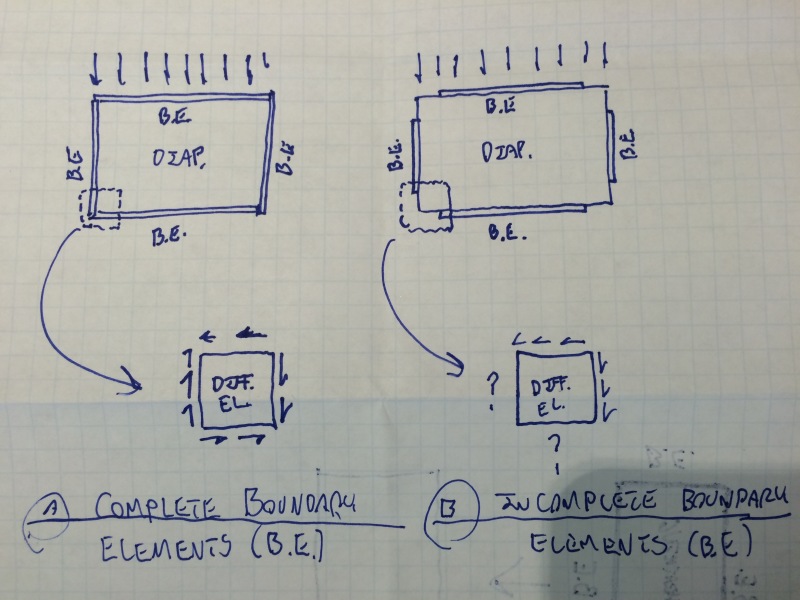Good morning,
2012 IRC R602.3.2 requires the double top plate to provide overlapping at corners and intersections with bearing partitions.
Does anyone know what this requirement is addressing?
It certainly isn't a brace of the adjacent wall as it is only at the top and would be at odd unpredictable intervals.
It certainly isn't a shear wall tie-in.
I suppose it would provide some bracing while the home is under construction...?
This requirement has been removed from the Florida Building Code (reserved) but I see it brought up from time to time.
Any thoughts?
2012 IRC R602.3.2 requires the double top plate to provide overlapping at corners and intersections with bearing partitions.
Does anyone know what this requirement is addressing?
It certainly isn't a brace of the adjacent wall as it is only at the top and would be at odd unpredictable intervals.
It certainly isn't a shear wall tie-in.
I suppose it would provide some bracing while the home is under construction...?
This requirement has been removed from the Florida Building Code (reserved) but I see it brought up from time to time.
Any thoughts?

![[ponder] [ponder] [ponder]](/data/assets/smilies/ponder.gif)
